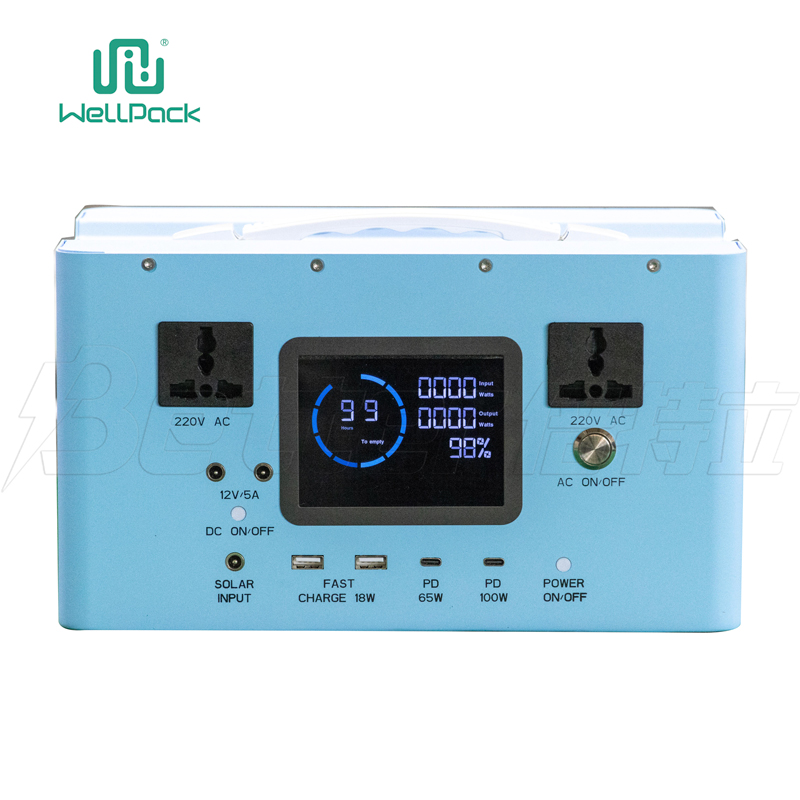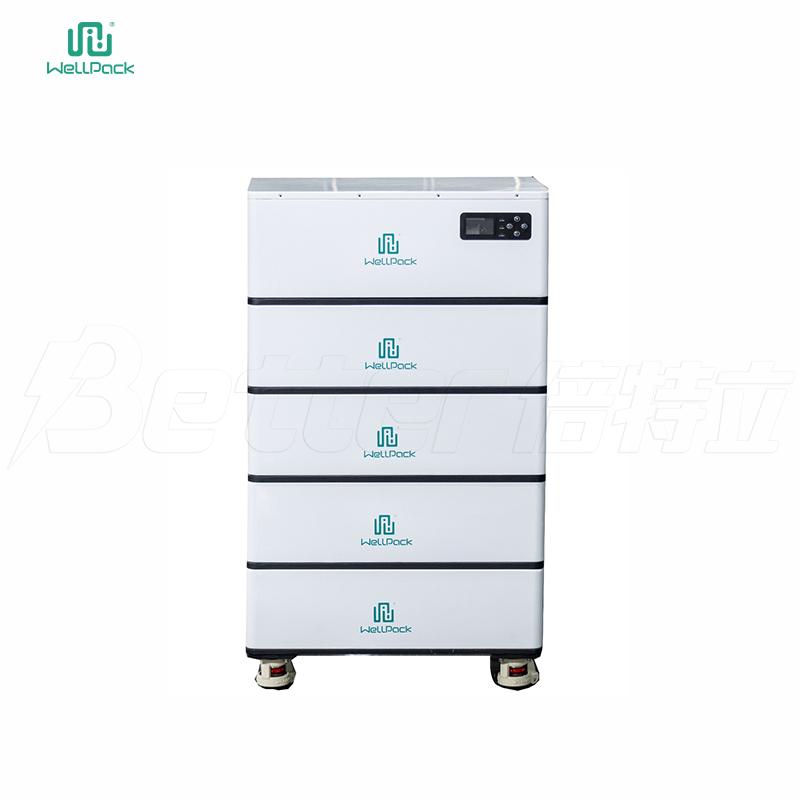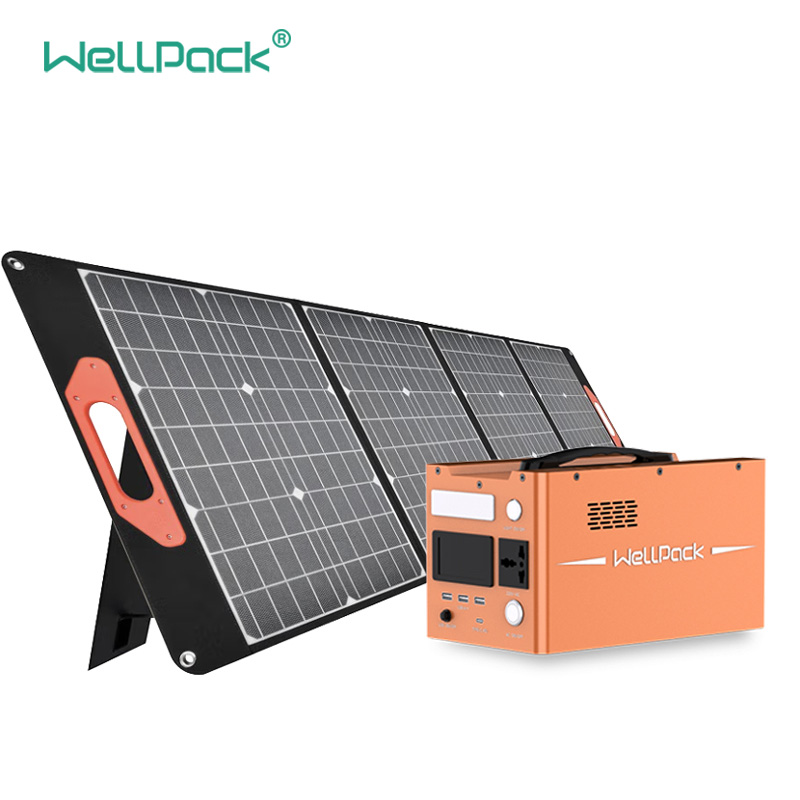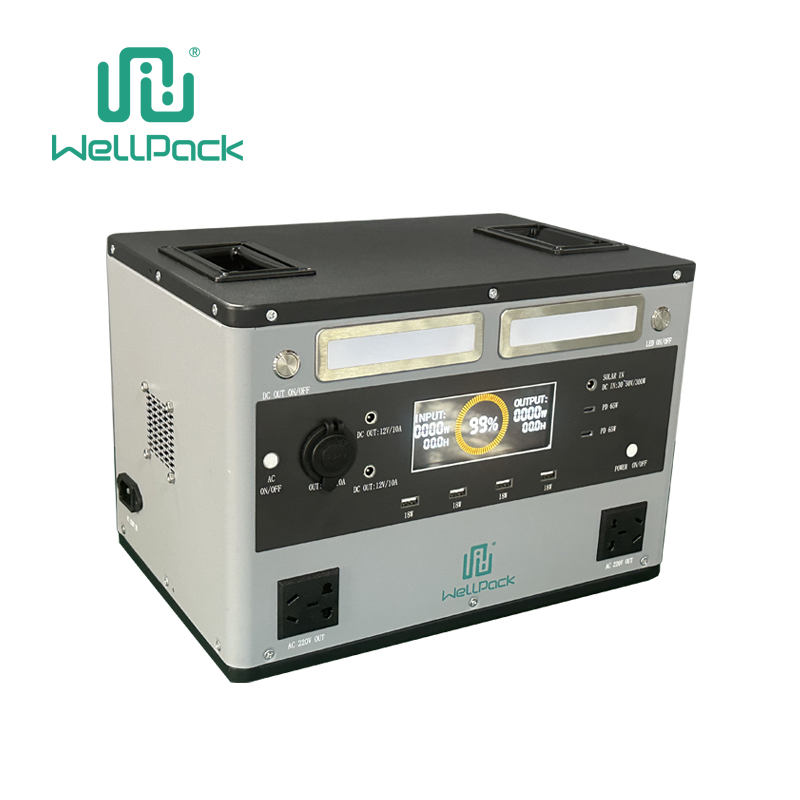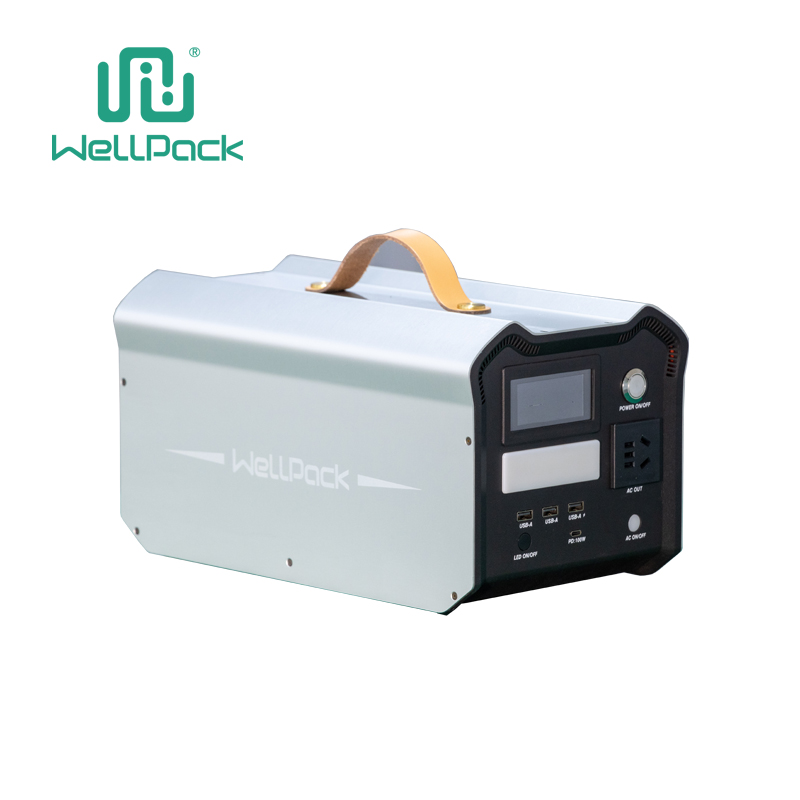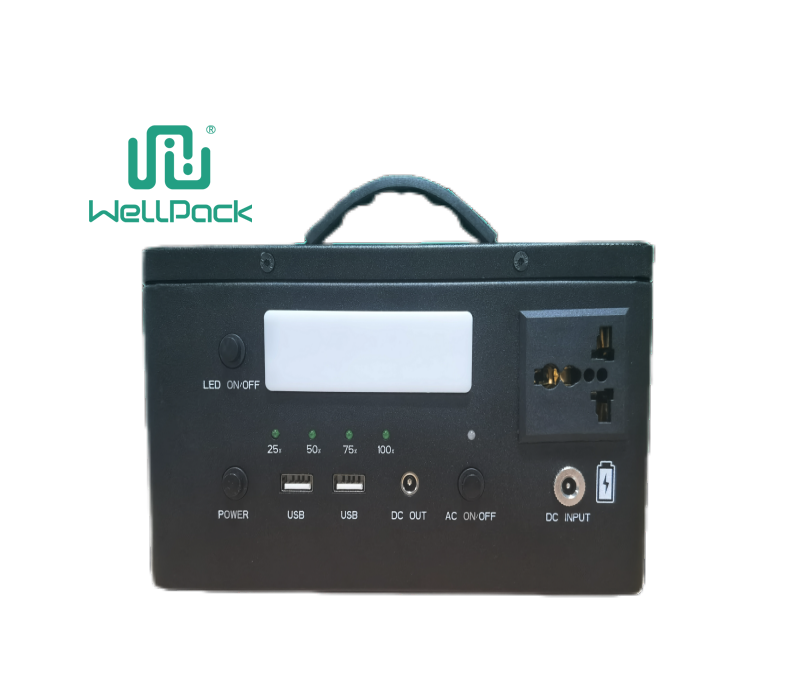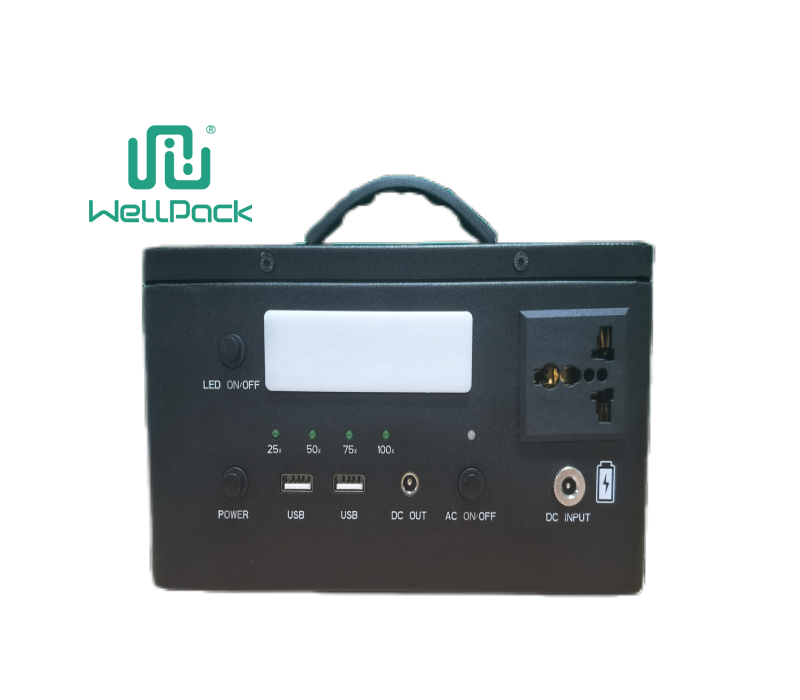Contents
LiFePO4 batteries, or lithium iron phosphate batteries, have become a go-to choice for many people dealing with power needs in daily life or work. Whether you're running a solar setup at home, powering tools on a job site, or keeping an RV charged during trips, these batteries offer reliability without the headaches of older tech. But one question keeps coming up: what is the lifespan of a LiFePO4 battery? It's not just about how long it lasts on a single charge—it's about how many years or cycles it can handle before performance drops off. In this piece, we'll break it down so you can make smart decisions for your setup.
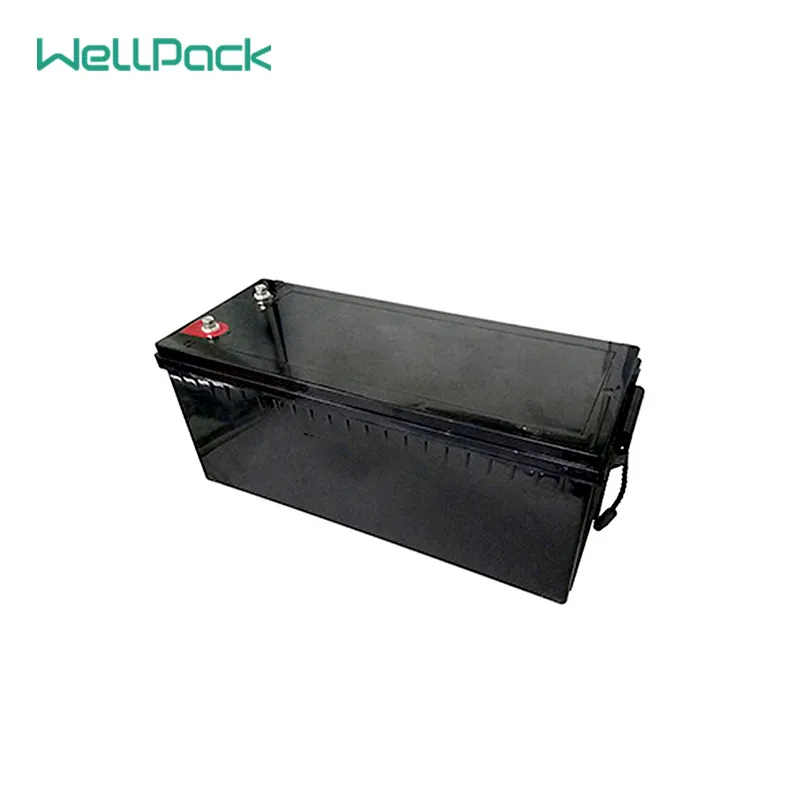
The Basic Lifespan of a LiFePO4 Battery
At its core, a LiFePO4 battery's lifespan is measured in charge cycles—each full charge and discharge counts as one. Most quality LiFePO4 batteries deliver between 2,000 and 5,000 cycles before their capacity falls to about 80% of the original. That translates to real-world use: if you cycle it daily, you're looking at 5 to 13 years of service. But don't expect every battery to hit the high end right out of the box; it depends on how you treat it.
For instance, in a home backup system, where you might only discharge partially during outages, that lifespan stretches further. Users often report getting over a decade from a well-maintained unit. The key here is understanding that "lifespan" isn't a fixed number—it's a range influenced by your habits and environment.
Factors That Affect LiFePO4 Battery Lifespan
Several everyday elements can shorten or extend how long your LiFePO4 battery lasts. Temperature tops the list: extreme heat above 40°C (104°F) speeds up chemical degradation, cutting cycles by up to 30%. Cold below 0°C (32°F) slows reactions but can cause uneven charging if you're not careful. Keep it in a stable spot, like 20-25°C (68-77°F), and you'll see better results.
Depth of discharge (DoD) matters too. Draining it to zero every time stresses the cells; aim for 20-80% usage instead, and you could double the cycle life. Charging habits play in—using a smart charger that stops at 100% prevents overvoltage. Vibration from rough roads in off-road vehicles jars connections loose over time, so secure mounting helps. And don't overlook storage: if it's sitting unused, keep it at 50% charge in a cool, dry place to avoid self-discharge eating into its health.
How LiFePO4 Compares to Other Battery Types
When folks search for "LiFePO4 battery lifespan vs lithium-ion," they're usually weighing options for long-term value. Standard lithium-ion batteries, like those in phones, manage 500-1,000 cycles before fading. Lead-acid batteries, common in older cars, top out at 200-300 cycles and weigh more. LiFePO4 shines with its stability—no risk of thermal runaway like some lithium chemistries—and it holds voltage steady longer during use.
In solar storage, where consistent output counts, LiFePO4 outlasts AGM lead-acid by 5-10 times in cycles. For marine applications, the lighter weight and deeper discharge tolerance mean fewer replacements over a boat's life. Sure, upfront cost is higher, but calculate total ownership: over 10 years, the savings in swaps and downtime add up quick.
Tips to Extend Your LiFePO4 Battery Life
Want to squeeze every cycle out of your LiFePO4 battery? Start with the charger—match it to the battery's specs, like 14.4-14.6V for a 12V pack, and use one with equalization mode for balance. Monitor with a battery management system (BMS) that cuts off at low voltage to prevent deep drains.
During use, avoid full charges if possible; stopping at 90% reduces wear. In hot climates, add ventilation or shade—simple fans can drop temps by 10°C. For seasonal storage, check charge monthly and top up if needed. Clean terminals regularly to stop corrosion from building up. These steps aren't rocket science, but they keep your battery humming longer than expected.
Lifespan in Real-World Applications
Think about your golf cart: daily rounds mean 300-500 cycles a year, so a 3,000-cycle LiFePO4 battery covers 6-10 years without fuss. In off-grid cabins, where winter blackouts test limits, users see 8-12 years if they pair it with proper insulation. Electric forklifts in warehouses handle thousands of lifts per shift; here, the battery's 4,000+ cycles mean less downtime and lower repair bills.
For e-bikes, that urban commuter might log 1,000 miles a month—expect 5-7 years before capacity dips noticeably. In each case, the lifespan ties back to how the battery fits your routine. Track your usage with an app or logger to spot patterns early and adjust.
Common Questions About LiFePO4 Battery Lifespan
People often ask, "How long does a LiFePO4 battery last in a solar system?" It varies, but with moderate sun and smart cycling, 10+ years is common. Another one: "Does overcharging kill the lifespan?" Absolutely—modern BMS helps, but always unplug after full. "Can I recycle old ones?" Yes, most manufacturers take them back, and the iron phosphate is easier on the environment than cobalt-heavy alternatives.
If you're troubleshooting a short life, check for mismatched cells or poor wiring first. These batteries aren't invincible, but with basic care, they outperform expectations in tough spots.


